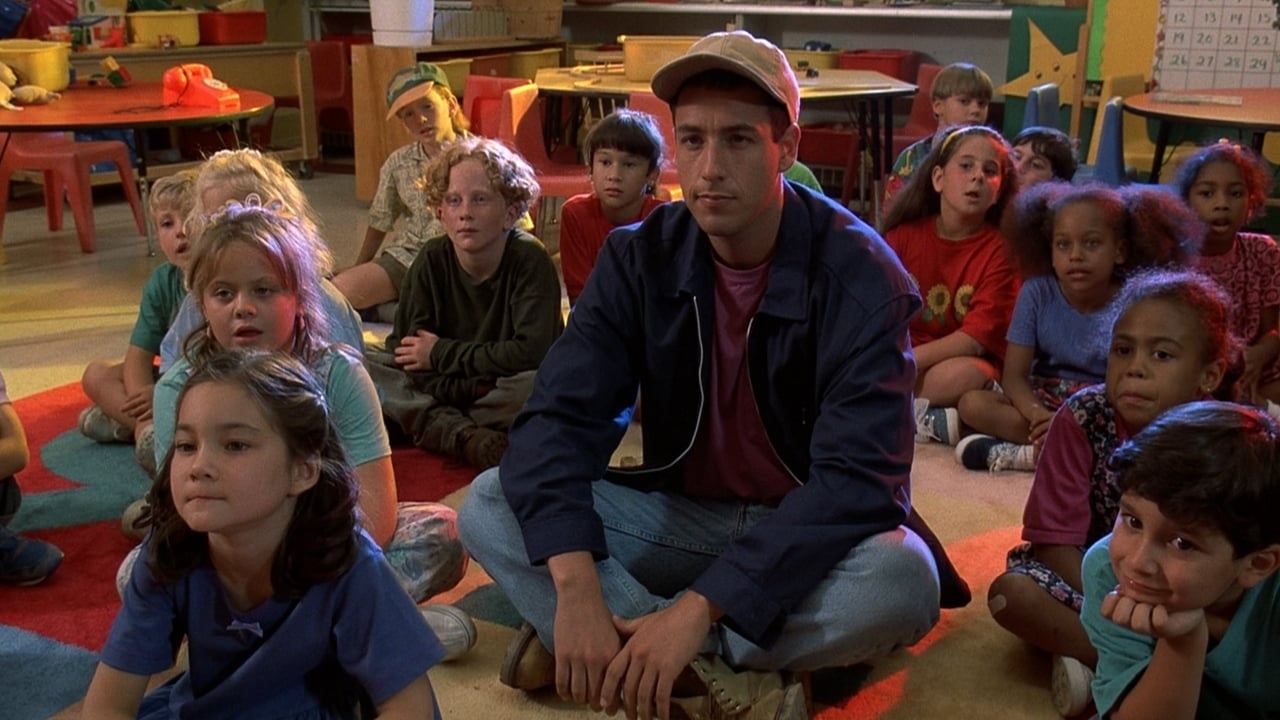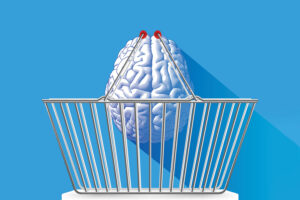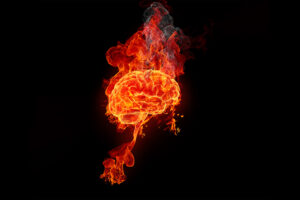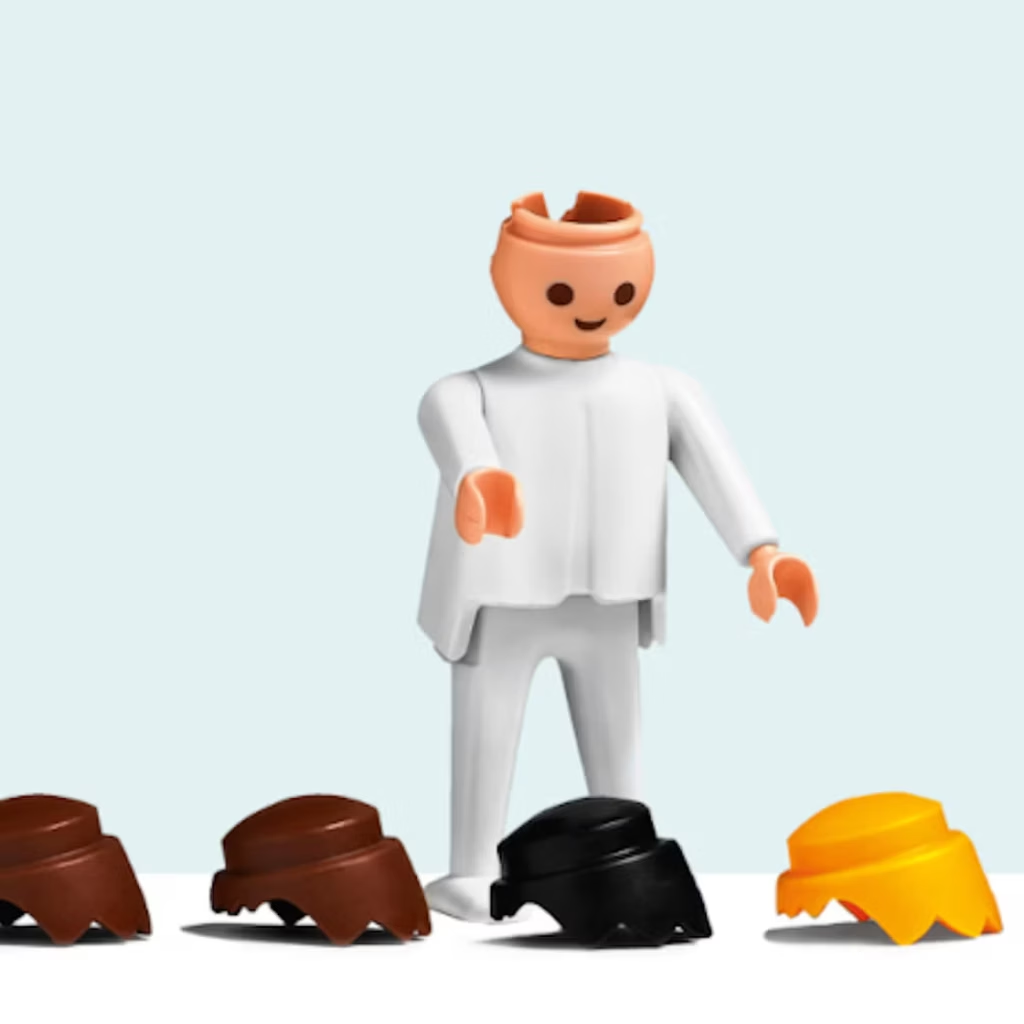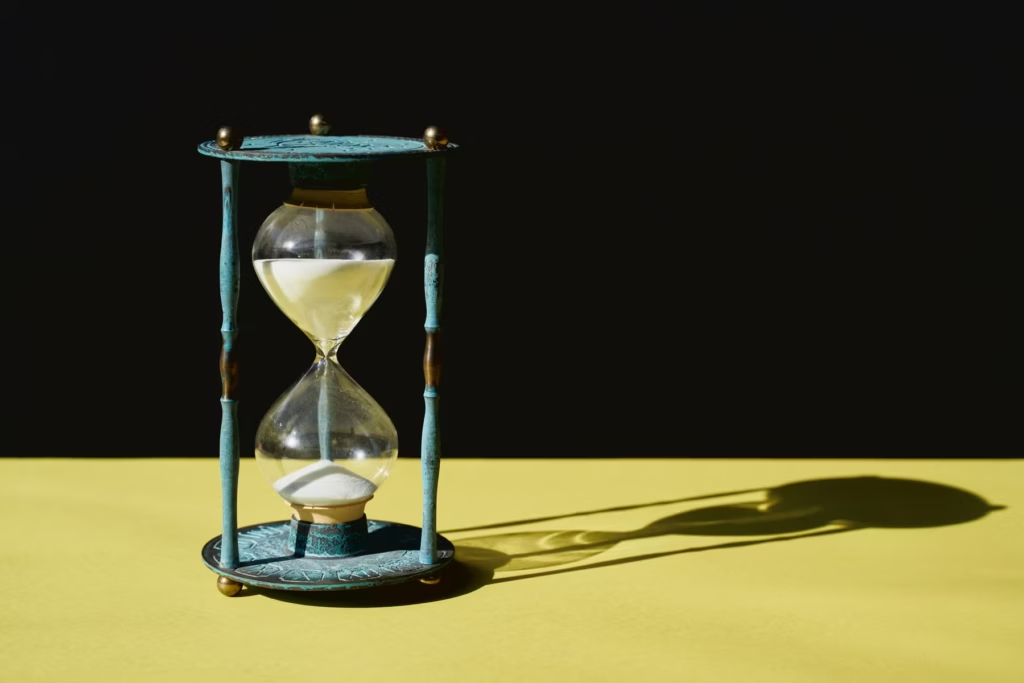IN NEWS THAT might explain some of the men you know, a new study asserts that in terms of brain development, men don’t finish adolescence until the age of 32.
Researchers at the University of Cambridge scanned more than 4,000 brains and found four major “turning points” in brain development and five clear “brain epochs”. The most noteworthy finding is that the “adolescent” stage runs from age nine all the way to 32.
“The brain rewires across the lifespan. It’s always strengthening and weakening connections and it’s not one steady pattern – there are fluctuations and phases of brain rewiring,” lead researcher Dr. Alexa Mousley, told the BBC. Mousley added that these rewirings can happen at different ages for different people.
The study found that the first brain phase lasts until the age of 9. Adolescence runs until age 32. The brain then enters ‘adulthood’, a period that lasts until age 66. The final shift is at 83, the late aging brain phase.

This might explain why some men in their twenties can be impulsive, restless and occasionally reckless. The brain’s wiring is still under construction, as you can see. Researchers also say the phases line up with the social development of men. Identity formation happens from age 9-32, while 33-66 is a period of stability, and later life is a slow rewiring (be grateful we didn’t say decline).
During the adolescent phase, white matter continues to grow in the brain, while “organisation of the brain’s communications networks is increasingly refined.” Around the age of 32, “we see the most directional changes in wiring and the largest overall shift in trajectory, compared to all the other turning points,” Mousley said.
“While puberty offers a clear start, the end of adolescence is much harder to pin down scientifically,” she added. “Based purely on neural architecture, we found that adolescent-like changes in brain structure end around the early thirties.”
For those in their late twenties and early thirties, feel free to use these findings as an excuse for a few more years of adolescent behaviour.




